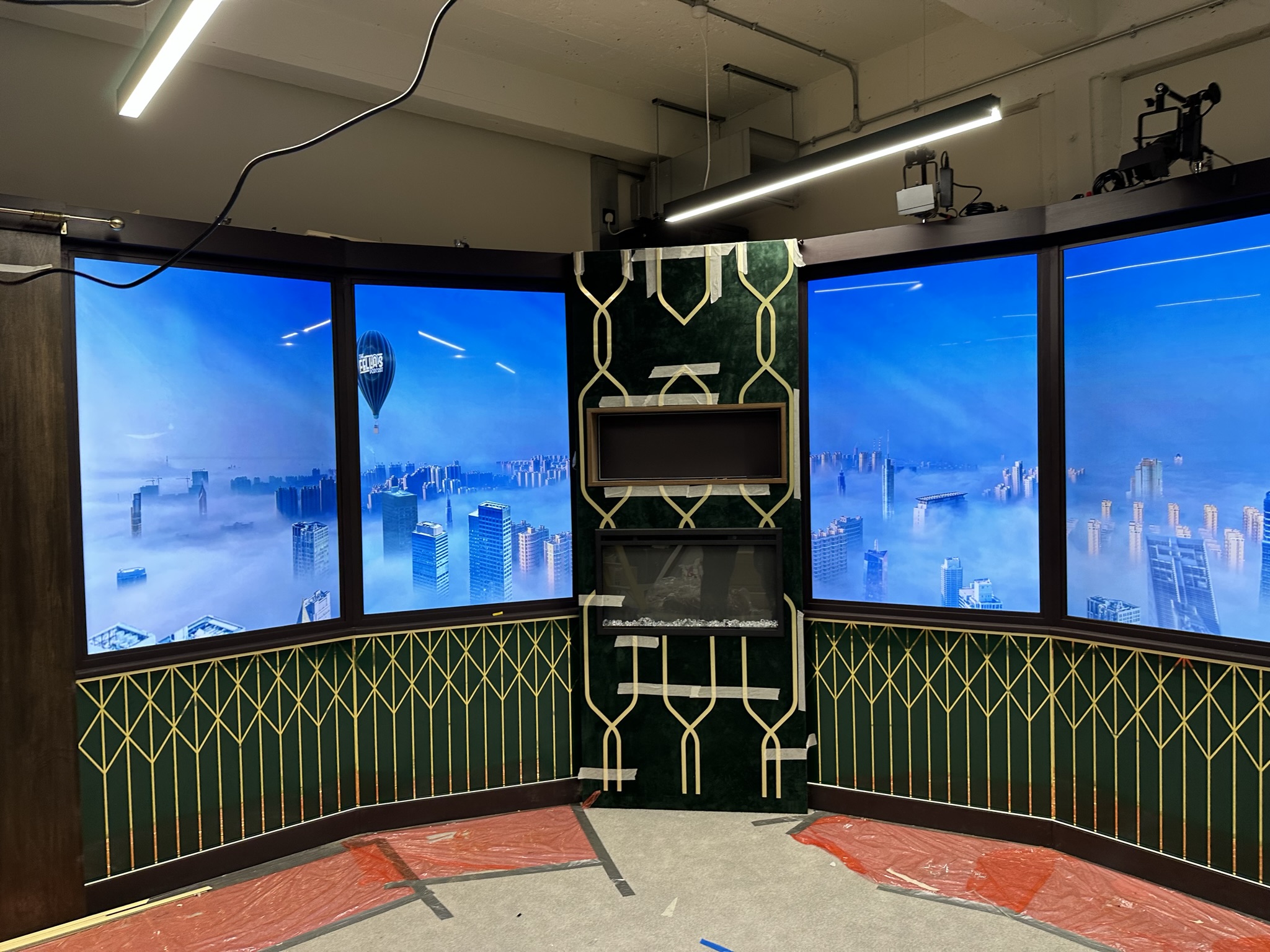LED video walls are large-scale screens that are created by joining together a series of smaller screens or panels to form a single display platform. They can be used at a variety of locations, from indoor shopping centres to outdoor sporting arenas or music festivals. Video walls are now more affordable than ever, opening them up to a wider audience.
Typically, light emitting diodes (LEDs) provide crisper and brighter images when compared to older technology such as liquid crystal displays (LCDs), and they are a whole world away from noisy, bulky and efficient light projector systems. The display can fit any aspect ratio, and is still clearly visible even in bright sunlight.
The advanced technology means that high-quality content can be delivered seamlessly, no matter what the dimensions or the environmental conditions of the site. LED video walls are essentially a blank canvas that offers practically limitless possibilities for creative expression, and are able to display live, moving images or static content.
They can be curved or fitted to the profile of buildings, and even installed on floors, ceilings, and wrapped around indoor architectural features. This opens up new possibilities for marketers and advertisers, who are able to reach larger audiences than ever before with immersive experiences.
However, the uses of LED video walls extend well beyond traditional marketing purposes. Here’s a look at the growing role of LED video walls as storytelling tools.
Film and broadcast media
This game-changing technology has been embraced by broadcast media and the film industry, where they are fast replacing green screens because of the high-quality graphics that they are capable of displaying. They are also being used to bring greater life and interest to newscasts and documentaries.
Museums and galleries
LED video walls are being used in a myriad of ways in the heritage sector to bring history and cultural experiences to life. For example, wrap-around displays can create the sense that museum visitors are stepping back in time, especially when accompanied by other immersive sensory experiences such as smell, audio, and touch.
The displays can also be used in museums to relate historical events in a lively and engaging way, avoiding a dry timeline of dates and facts and instead providing memorable infographics, interactive features, and short videos or animations to get the message across.
Galleries often make use of the technology to help visitors explore the artworks in amazing detail, bringing their attention to details and intricacies that may have been overlooked at first glance. The screens can also be used to create a narrative that accompanies the visitor journey around the gallery, and tells the story of an individual artist or artistic movement.
Live entertainment
The UK has a thriving live entertainment scene, and LED video walls lend themselves perfectly to both outdoor and indoor music concerts and theatrical performances. They can be used to enhance visibility of the performers at large events, so that everyone in the crowd can fully see the stage no matter where they are placed.
The screens can not only project live events in real time, but can be alternated with visuals that enhance the storytelling experience or add dynamism and excitement to the performance. This brings a new depth and dimension that inspires both the audience and the artists, and creates an unforgettable atmosphere.
Educational settings
Schools and universities are beginning to embrace LED walls as a way to enhance the student experience. They can be used to emphasise learning in classrooms and lecture halls, and also increase communication within campuses. This can be for instructional purposes such as details of timetable changes, or for entertainment and recreation.
For example, they can be used to advertise clubs and societies, providing a narrative about what they do and awards and achievements. They can also be used to assist with wayfinding and provide further information to prospective students and their parents at open days, telling the story of the college and showcasing the individual journeys of students.
Retail landscapes
Increasingly, retail brands are keen to communicate their story to customers. This helps them to stand out in a competitive market and creates an authentic customer relationship that builds trust and loyalty. For example, LED displays enable retailers to showcase their purpose, environmental commitments, and involvement with the local community.

